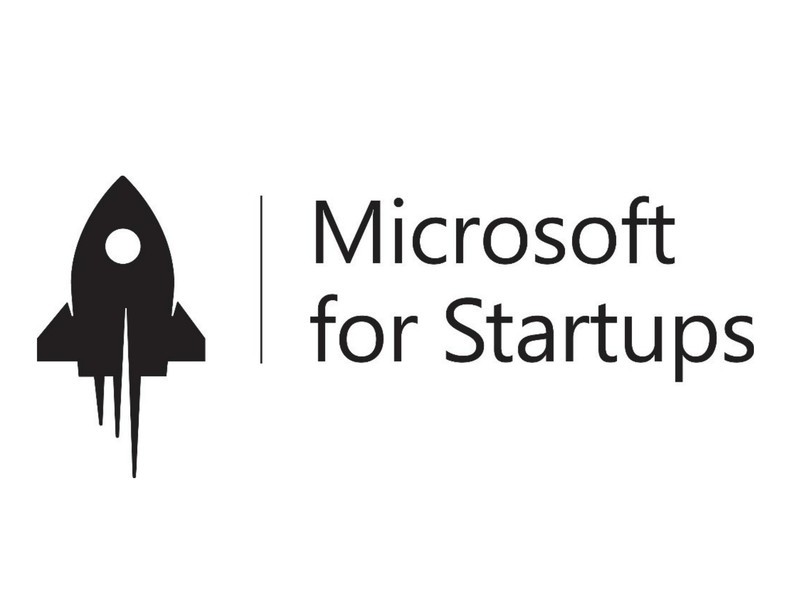Latest News
Empowering Employees with Data and Companies with new competitive advantages
NLSQL, the pioneer in intelligent, conversational, and Business Intelligence solutions, has joined Microsoft for Entrepreneurs, a worldwide initiative devoted to speeding the scale for high-potential startups.NLSQL will have unique access to Microsoft's technology, market ecosystem, and business assistance as a program participant, as well as the chance to work with other program partners.
Trusted by the world’s leading brands, NLSQL empowers employees with an intuitive text interface to poorly accessible corporate data to inform and speed data-driven business decisions, bringing enormous competitive advantages to our customers. NLSQL is used by marketing, sales, and data analytics teams to make proper business decisions, which drives businesses forward faster. NLSQL platform allows employees to chat with complex databases via intelligent MS Teams/Slack applications on mobile or desktop devices.
NLSQL will migrate and use Microsoft Azure in a full to host its expansive infrastructure, providing built-in redundancy and security. NLSQL is powered by Azure …
More:
LOGIN FOR MORE DETAILS

Self-Service Business Intelligence Adoption Strategy
Self-Service Business Intelligence (BI) is an approach to data analytics that enables business users access and explore data sets. With traditional BI tools and processes, the BI team or IT does the data analysis work for business users. In a self-service BI environment, users can run queries themselves and create their own data visualizations, dashboards and reports.
The main challenge is quick adoption by business users. Like traditional BI environments, self-service ones can be held back by resistance from business executives and managers who want to continue to base decisions on their own knowledge and intuition. Meanwhile, the adoption of Self-Service BI tools could nail bad or no data issues and as a result force additional budget allocation for cleaning data and proper business process design and employees training.
To avoid or overcome such obstacles, a company must first develop a well-thought-out BI strategy, which includes a sound BI architecture …
How to create #1 Business Intelligence Bot
You should embrace the potential of business intelligence bots and learn how to construct them if you want to transmit critical information to decision-makers in the simplest and most effective way possible.
The Business Intelligence bot applications provides insights based on Key Performance Indicators (KPIs) at your fingertips and is intuitive and visually pleasant method to consume data via messaging platforms. They allow presenters to interact with real-time data directly from corporate systems or databases and you don't need to waste a time for routinely create more and more dashboards.
Most of the Business Intelligence Bots suppliers rely on Natural Language Processing (NLP) to Structured Query Language (SQL) transformation technology, that could be easily configured as per your need using our platform. Moreover, you don't need to code a sigle line of code in order to provide your company employees the ultimate tool for real-time data access within your corporate …
How to use VLOOKUP for API?
Along the way of our commercial B2B SaaS product development, that empowers frontline employees with intuitive text interface to poorly-accessible corporate data to inform and speed business decisions with significant benefits for enterprises,
WE created a lot of useful and powerful software tools for testing apart of our main product. For example we've created VBA Excel function VLOOKUPWEB, that works same as VLOOKUP but for API JSON format responses.
You can use it for free. Source code and video tutorial is published on our NLSQL github profile (link below)
More:
NLSQL GitHub profile
Self-service analytics tools examples
Self-Service Analytics is a form of business intelligence (BI) in which line-of-business professionals are given the ability and encouraged to run queries and produce reports on their own, with minimal IT assistance. Simple-to-use BI software with basic analytic capabilities and an underlying data model that has been streamlined or scaled down for ease of understanding and straightforward data access for anyone in the corporate IT ecosystem.
Self-service analytics is becoming more popular, thanks to augmented analytics and positions like data scientists. Implementation best practices show that allowing self-service for data and analytics leaders entails much more than just providing easy-to-use resources.
NLSQL as self-service BI SaaS is a fundamental change underway in how analytics software is evaluated, purchased, and ultimately used. The days of IT-led analytics purchasing are gone, as business leaders are demanding more agile and flexible insight to speed and improve the decision-making process. Today's business environment is …